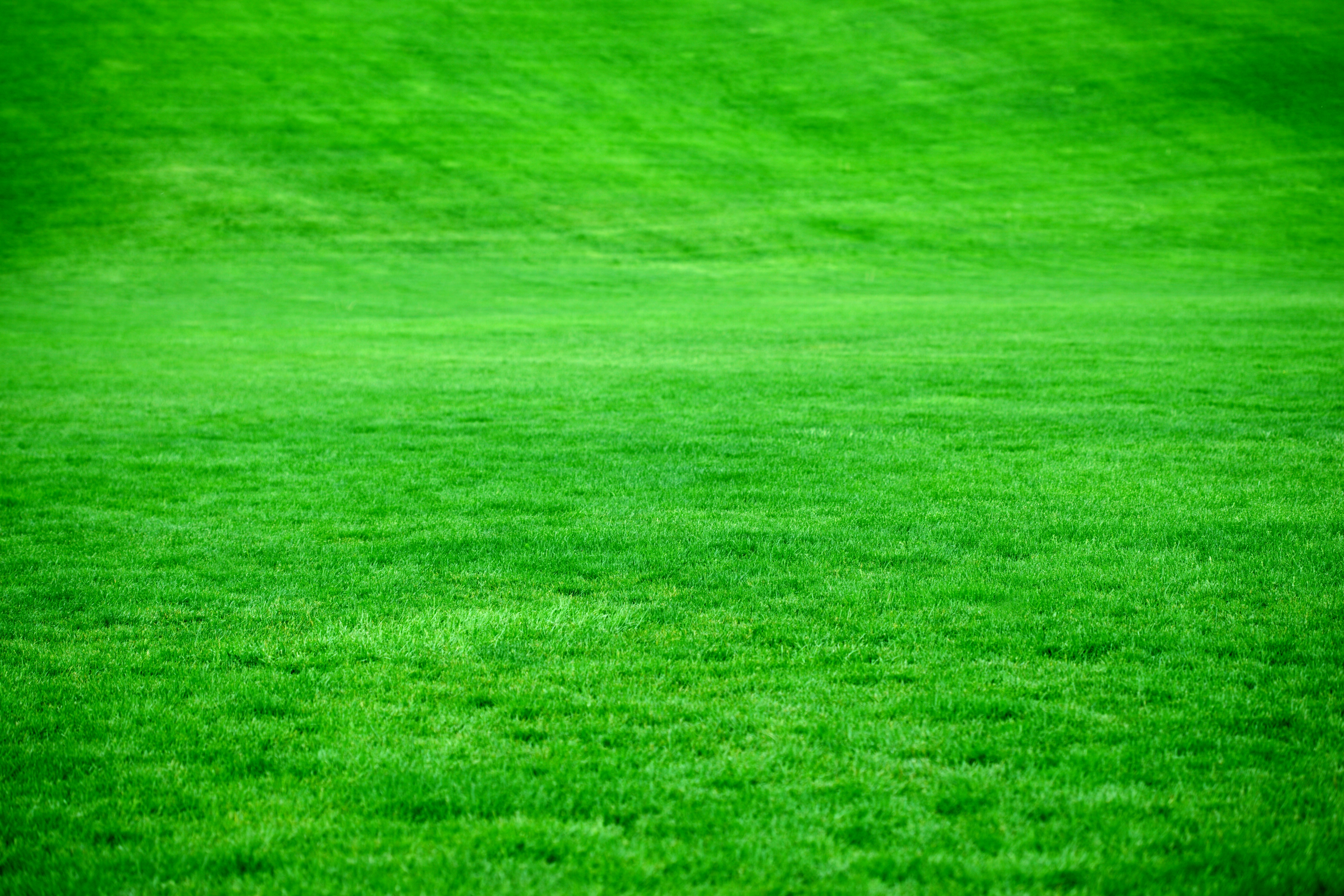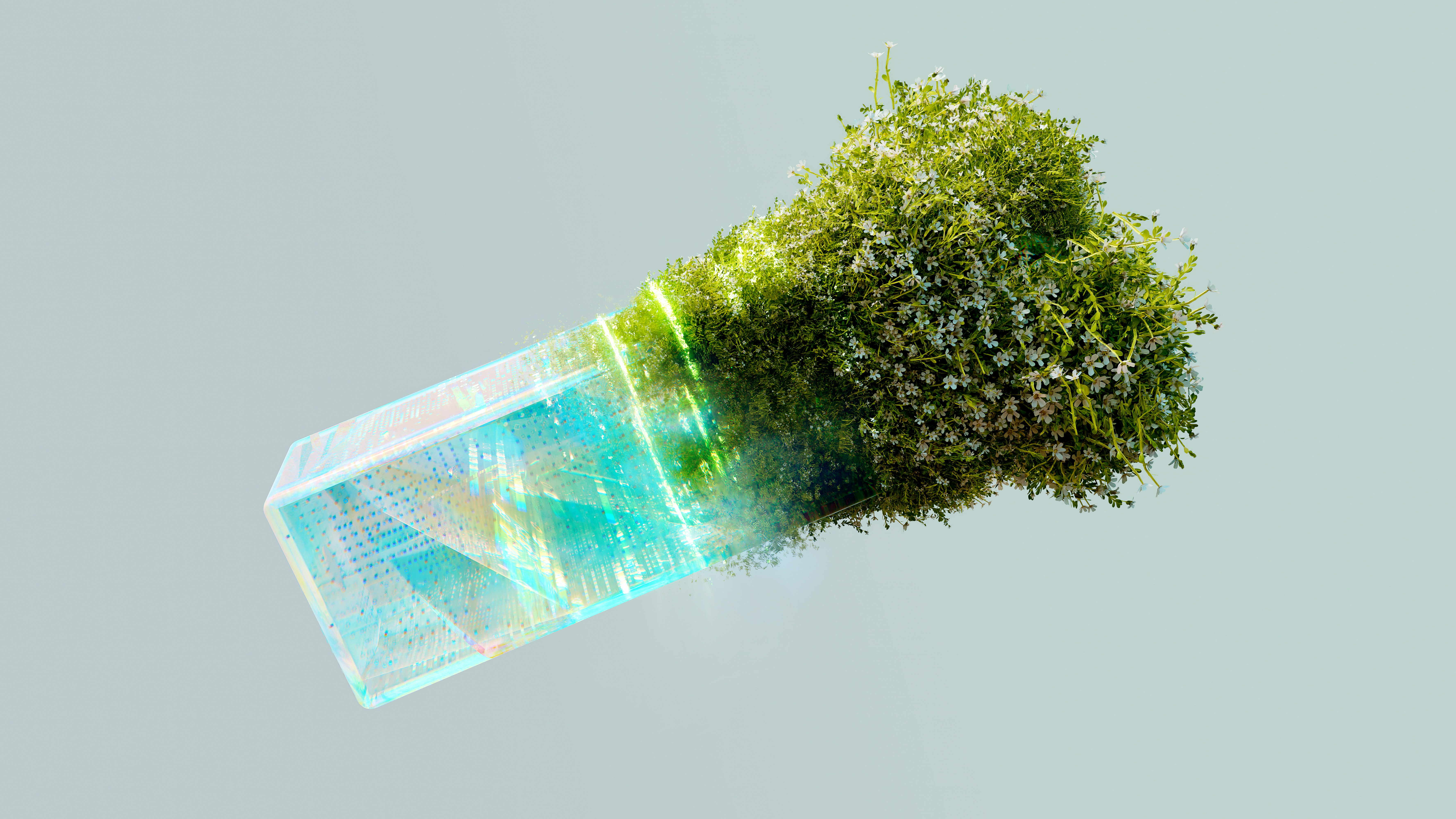02. August 2025
Summer Lawn Care: Keeping Your Grass Green Through the Heat
I’ll never forget the summer of 2018 when temperatures hit 105°F for two weeks straight, and I watched my neighbor’s lawn turn brown and crispy while mine stayed emerald green. After twenty years of trial and error (and more than a few lawn disasters), I’ve learned that summer lawn care isn’t about fighting the heat—it’s about working with it.
The key is understanding that your grass is literally trying to survive, and everything you do should support that goal. Let me share the strategies that have kept my lawn thriving through even the most brutal summer heat waves.
Why Summer Lawn Care is Different
During my early gardening years, I made the classic mistake of treating summer grass care the same as spring. Big mistake! Summer stress changes everything about how grass grows and what it needs to survive.
When temperatures soar above 85°F, cool-season grasses like fescue and bluegrass essentially go into survival mode. They slow their growth dramatically and focus all their energy on protecting their roots. Warm-season grasses like Bermuda and Zoysia love the heat but still need special care to thrive.
Photo by Jonathan Kemper on Unsplash
The Golden Rules of Summer Mowing
Over the years, I’ve learned that summer mowing can make or break your lawn’s health. Here’s what actually works:
Raise those blades high. I keep my mower set to the highest setting during summer—usually 3.5 to 4 inches. Those taller grass blades act like tiny umbrellas, shading the soil and keeping roots cool. I learned this lesson the hard way when I scalped my lawn one July and spent the rest of the summer nursing brown patches back to life.
Follow the one-third rule religiously. Never cut more than one-third of the grass height in a single mowing. If your grass gets away from you during a vacation, resist the urge to hack it down all at once. Make gradual cuts over several sessions.
Time it right. I mow early in the morning when it’s cooler and the grass is dry. Evening mowing works too, but avoid the midday heat—it’s stressful for both you and the grass.
Mastering the Summer Watering Game
This is where most people go wrong, and I was no exception for my first few years. I used to water for 15 minutes every day, thinking more frequent watering was better. Wrong!
Deep and infrequent is the mantra. I water deeply twice a week, giving my lawn about one inch total (including rainfall). I use empty tuna cans placed around the sprinkler coverage area to measure exactly how much water I’m applying.
Early morning is non-negotiable. I start my sprinklers at 5 AM, finishing by 8 AM. This timing gives the grass time to dry before evening (preventing disease) while minimizing evaporation loss.
The finger test never lies. Before each watering session, I push my finger into the soil. If it’s moist 2-3 inches down, I skip that session. Your lawn will tell you what it needs if you listen.
Photo by Nagesh Badu on Unsplash
Smart Summer Fertilizing Strategy
Here’s a controversial take: I rarely fertilize during peak summer heat. In my experience, pushing growth when the grass is stressed often does more harm than good.
Spring prep is everything. I focus on building strong root systems with a slow-release fertilizer in late spring. A well-fed lawn going into summer stress performs much better than one you’re trying to rescue mid-season.
If you must fertilize, use a light application of a low-nitrogen, slow-release formula. I never fertilize when temperatures are expected to exceed 85°F for several consecutive days.
Watch for signs your lawn is hungry. Pale green color or slow recovery from foot traffic might indicate nutritional needs, but always err on the side of caution during heat waves.
Dealing with Summer Lawn Problems
Even with perfect care, summer brings challenges. Here’s how I handle the most common issues:
Brown patches from heat stress: These usually appear in the hottest, driest spots. I increase watering frequency in these areas only and provide temporary shade during extreme heat events.
Grub damage: Small brown patches that feel spongy underfoot often indicate grub activity. I’ve had success with beneficial nematodes applied in late summer, but timing is crucial.
Fungal diseases: High humidity combined with heat creates perfect conditions for lawn diseases. Good air circulation and proper watering practices are your best defense.
Photo by Zenza Flarini on Unsplash
Creating Shade and Relief
One of my best investments was planting fast-growing shade trees near the most stressed areas of my lawn. While you’re waiting for trees to mature, temporary shade cloth during heat waves can save struggling grass.
I’ve also learned to accept that some areas might naturally struggle in summer. Instead of fighting nature, I’ve created beautiful drought-tolerant garden beds in these spots, saving water and maintenance headaches.
The Long Game: Building Heat Tolerance
The strongest summer lawns start with good practices year-round. I overseed with heat-tolerant varieties, maintain consistent care schedules, and never let my lawn go into summer stressed from poor spring maintenance.
Remember, a stressed lawn going into summer is like running a marathon without training—it rarely ends well. But with proper preparation and smart summer strategies, you can maintain that green oasis even when the thermometer hits triple digits.
Your lawn doesn’t have to be a casualty of summer heat. With these proven strategies and a little patience, you’ll be the neighbor with the green grass that everyone’s talking about.
A beautiful lawn is possible even in the heat of summer. Here’s how to keep your grass healthy:
Photo by Jordan Hopkins on Unsplash
A beautiful lawn is possible even in the heat of summer. Here’s how to keep your grass healthy:
Mowing Tips
- Set mower blades higher to shade roots
- Never cut more than 1/3 of the grass height
Watering Schedule
- Water early in the morning
- Aim for 1 inch of water per week (including rainfall)
Fertilizing
- Use a slow-release, summer-safe fertilizer
- Avoid fertilizing during drought
Dealing with Brown Spots
- Check for grubs or fungal disease
- Water deeply and infrequently
Resources
Need shade? See our DIY shade solutions for gardens and patios.



